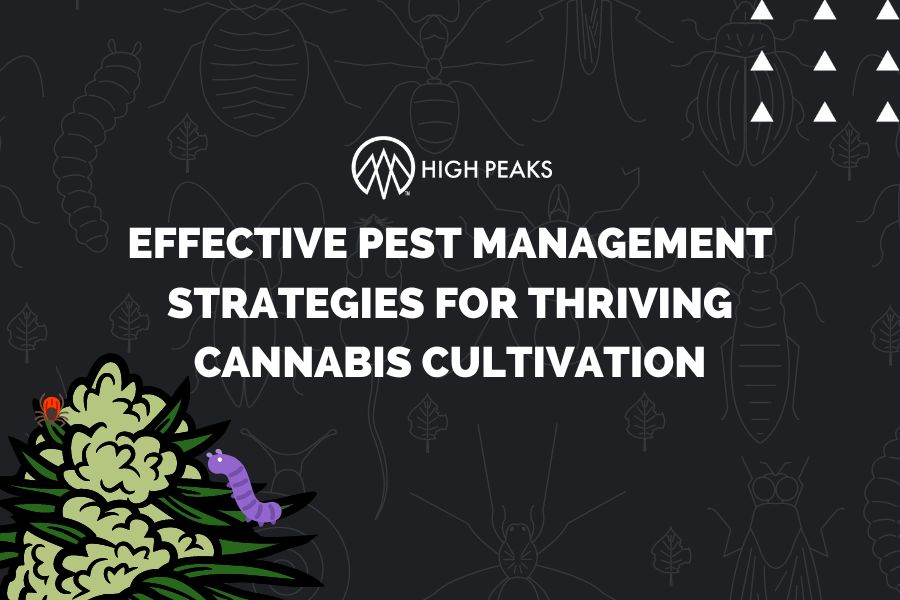
Cannabis and Wearable Tech: Monitoring Consumption and Effects in Real-Time
In today’s society, the responsible use of cannabis is becoming increasingly important. With the recent legalization of cannabis in many

The cannabis industry has experienced significant growth in recent years, leading to an increased demand for effective and sustainable cultivation practices. One of the most challenging aspects of cannabis cultivation is pest management, as pests can severely impact the health and yield of the plants. Here, we will discuss key tips for managing pests in cannabis cultivation, focusing on preventative measures, biological control methods, and chemical control strategies.
The first step to successful pest management is prevention. By creating an environment that discourages pest infestations, cultivators can minimize the likelihood of encountering problems later on. Here are some preventative measures to consider:
Biological control methods involve using natural predators or parasites to keep pest populations in check. These beneficial organisms are a sustainable and eco-friendly alternative to chemical pesticides. Some examples include:
When prevention and biological control methods are not enough, chemical control strategies may be necessary. However, it’s crucial to use these chemicals responsibly to minimize harm to the environment and your plants. Here are some tips for using chemical control methods:
Pest management is a critical aspect of successful cannabis cultivation. By incorporating preventative measures, biological control methods, and responsible chemical control strategies, cultivators can maintain a healthy grow environment and optimize their crop yields. Always stay informed on best practices and new developments in the field to ensure the long-term success of your cannabis cultivation endeavors.

In today’s society, the responsible use of cannabis is becoming increasingly important. With the recent legalization of cannabis in many

As the cannabis industry continues to grow and evolve, new technologies are emerging to enhance the shopping and education experience.

The cannabis industry is booming, with legal and medical cannabis becoming more widely accepted and available. However, concerns over product